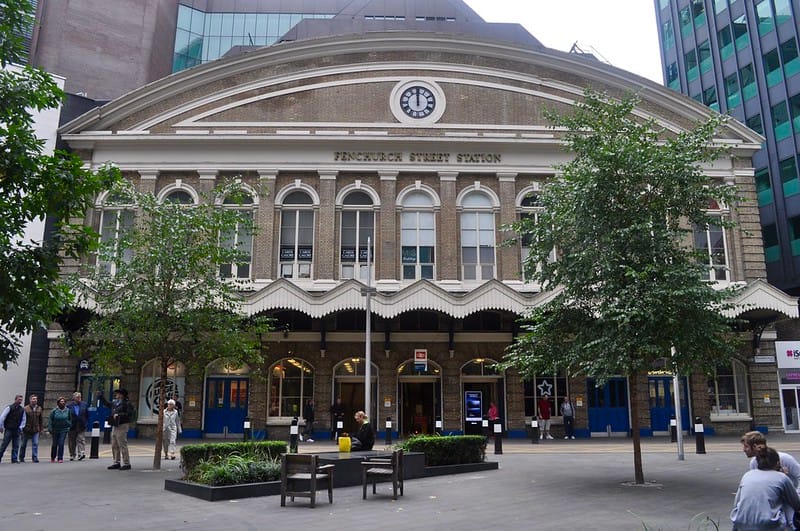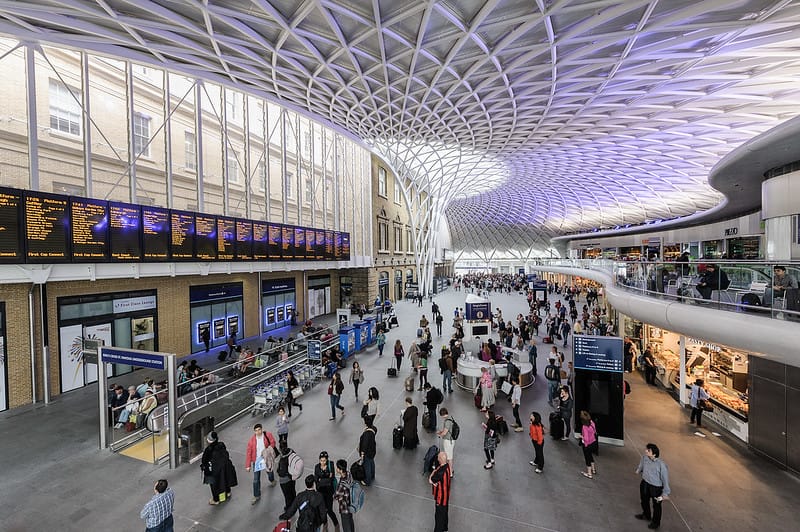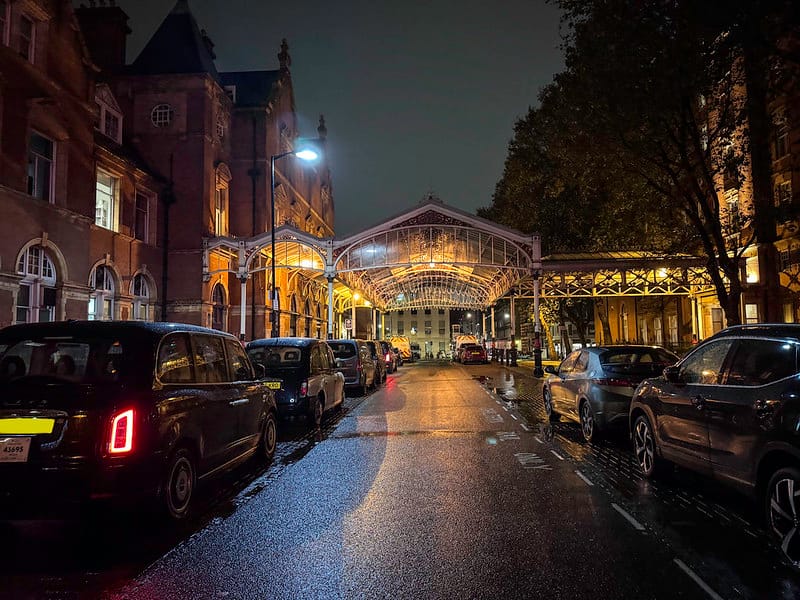North Dulwich Railway Station, nestled in the leafy suburb of Dulwich in South London, is a charming example of Victorian railway architecture. Opened in the late 19th century, it has served as a vital link between the residential areas of Dulwich and the bustling heart of London. Over the years, the station has witnessed the evolution of London’s transport network while maintaining its quaint and historic charm.
Origins and Early Development
North Dulwich Railway Station officially opened on 1 January 1868 as part of the London, Brighton & South Coast Railway (LB&SCR). The station was built to serve the rapidly growing residential area of Dulwich, known for its picturesque village atmosphere and proximity to central London.
Designed by the notable architect Charles Barry Jr., the station reflects the Italianate style characteristic of many Victorian public buildings. Its elegant design includes yellow-brick construction, decorative arches, and a pitched roof, making it one of the most architecturally distinguished stations in South London.
Integration into the Rail Network
North Dulwich Station was constructed along the South London Line, connecting London Bridge to Victoria via Peckham Rye and Clapham Junction. This line provided a crucial link for both commuters and goods, facilitating the growth of suburban neighborhoods. The station’s location, just a short distance from Dulwich Village and the prestigious Dulwich College, made it particularly appealing to affluent commuters.
Twentieth-Century Changes
The early 20th century brought significant changes to North Dulwich Station and the surrounding rail network. In 1923, the station became part of the Southern Railway following the amalgamation of several railway companies. Later, with the nationalization of British railways in 1948, it came under the management of British Railways’ Southern Region.
During this period, steam locomotives were gradually replaced by electric trains, marking a new era of efficiency and reliability. By the mid-20th century, North Dulwich Station had become an integral part of London’s commuter network, providing frequent services to London Bridge and beyond.
Architectural Significance
Despite modernisation, North Dulwich Station has retained much of its original character. The station building’s Italianate style, complete with its decorative brickwork and intricate detailing, remains largely intact. The structure is now a Grade II listed building, ensuring its preservation as a piece of London’s architectural heritage.
The station’s platforms are connected by a footbridge, offering a vantage point to appreciate its historical features. The nearby stationmaster’s house, also designed by Charles Barry Jr., further adds to the site’s historical charm.
Modern-Day Usage
Today, North Dulwich Station is managed by Southern Rail and continues to serve as a key commuter hub. It provides regular services to London Bridge, with connections to other parts of the city. The station’s proximity to Dulwich Park, Dulwich College, and the Picture Gallery makes it a convenient starting point for visitors exploring the area.
In addition to its practical role, North Dulwich Station remains a beloved landmark for locals, symbolizing the area’s blend of history and modernity. Its well-preserved architecture serves as a reminder of the Victorian era’s ambitious railway expansion and its lasting impact on London’s development.
Preservation and Community Role
Efforts to preserve North Dulwich Station have ensured that it remains a functional yet historically significant part of the community. The station’s inclusion in conservation areas highlights its importance not only as a transport hub but also as a cultural and historical asset.
Community initiatives, including art projects and local events, occasionally make use of the station’s spaces, further strengthening its connection to the surrounding neighborhood. It stands as a testament to how historic railway stations can continue to thrive while retaining their heritage.
Conclusion
North Dulwich Railway Station’s history is a reflection of the broader story of London’s railways—from the Victorian expansion to the modern commuter age. Its architectural elegance, strategic location, and enduring role in the community make it a fascinating piece of London’s railway heritage. Whether you’re a commuter rushing to catch a train or a history enthusiast admiring its design, North Dulwich Station offers a glimpse into the past while remaining firmly rooted in the present.




